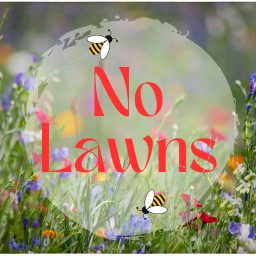My background is in permaculture but there’s significant overlap between that and solarpunk. My point of view is that permaculture and/or solarpunk work at the individual level. They work even better at the household level, and even better at the community level, even better nationally, and best internationally.
You don’t have to change the whole world to be successful. You’re not responsible for the entire world, only your own actions. So be a part of the solution, lead by example and persuade others to do the same. But you’re not expected to carry 8 billion humans on your shoulders, all the other animals, the trees, the weight of all of the oceans, etc. People only believe this because it gets repeated incessantly but take a step back and realize how obvious it is that you can’t be expected to be personally responsible for basically all of existence. You’re not omnipotent. Let go of weird expectations that anyway are probably promoted by fossil fuel types to overwhelm people into inaction.
Be responsible for your own actions, be part of the solution, and let go of the rest.




I’m active in that community but agree there’s too much negativity there, and too much negativity in general. It seems to be improving over time, though.